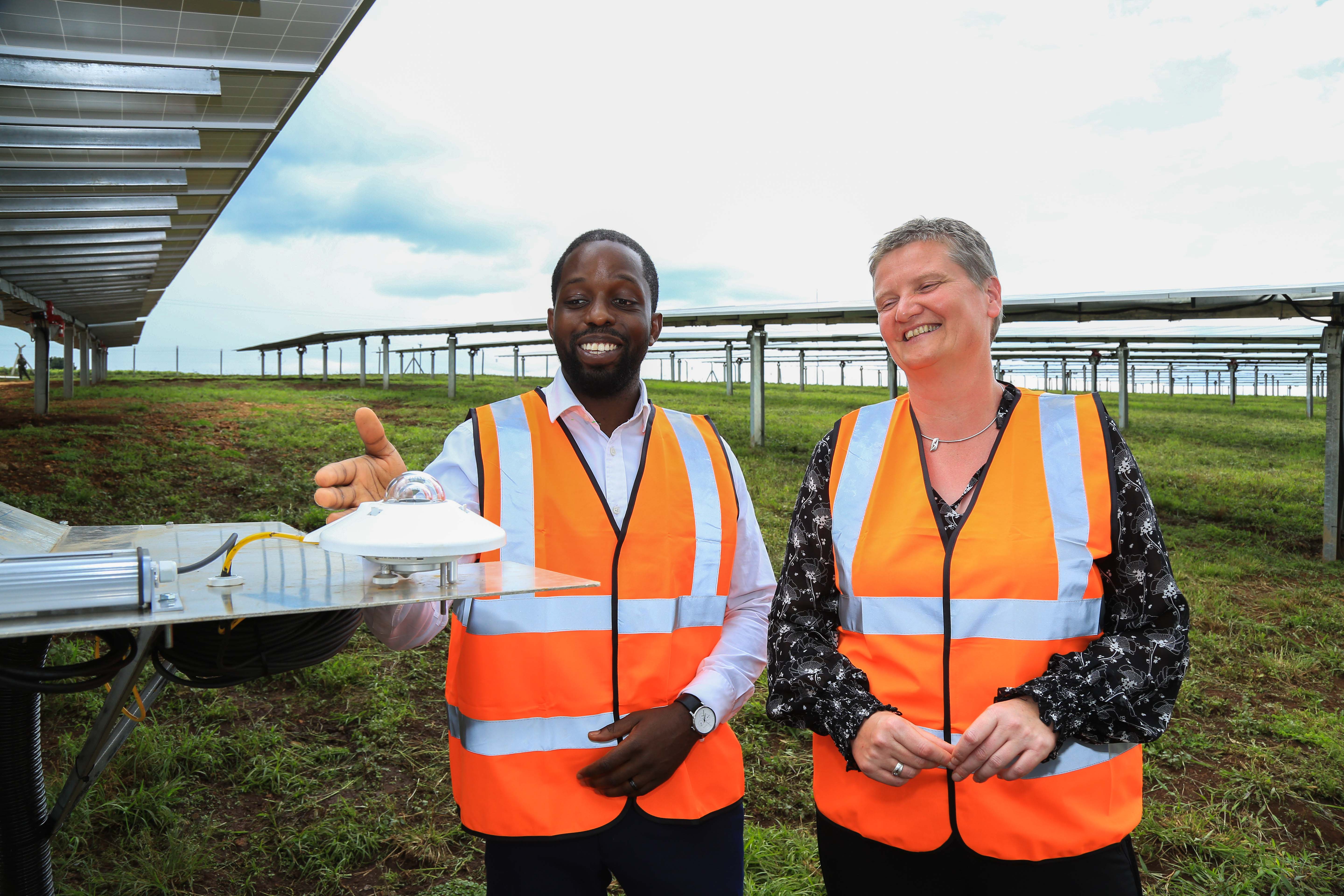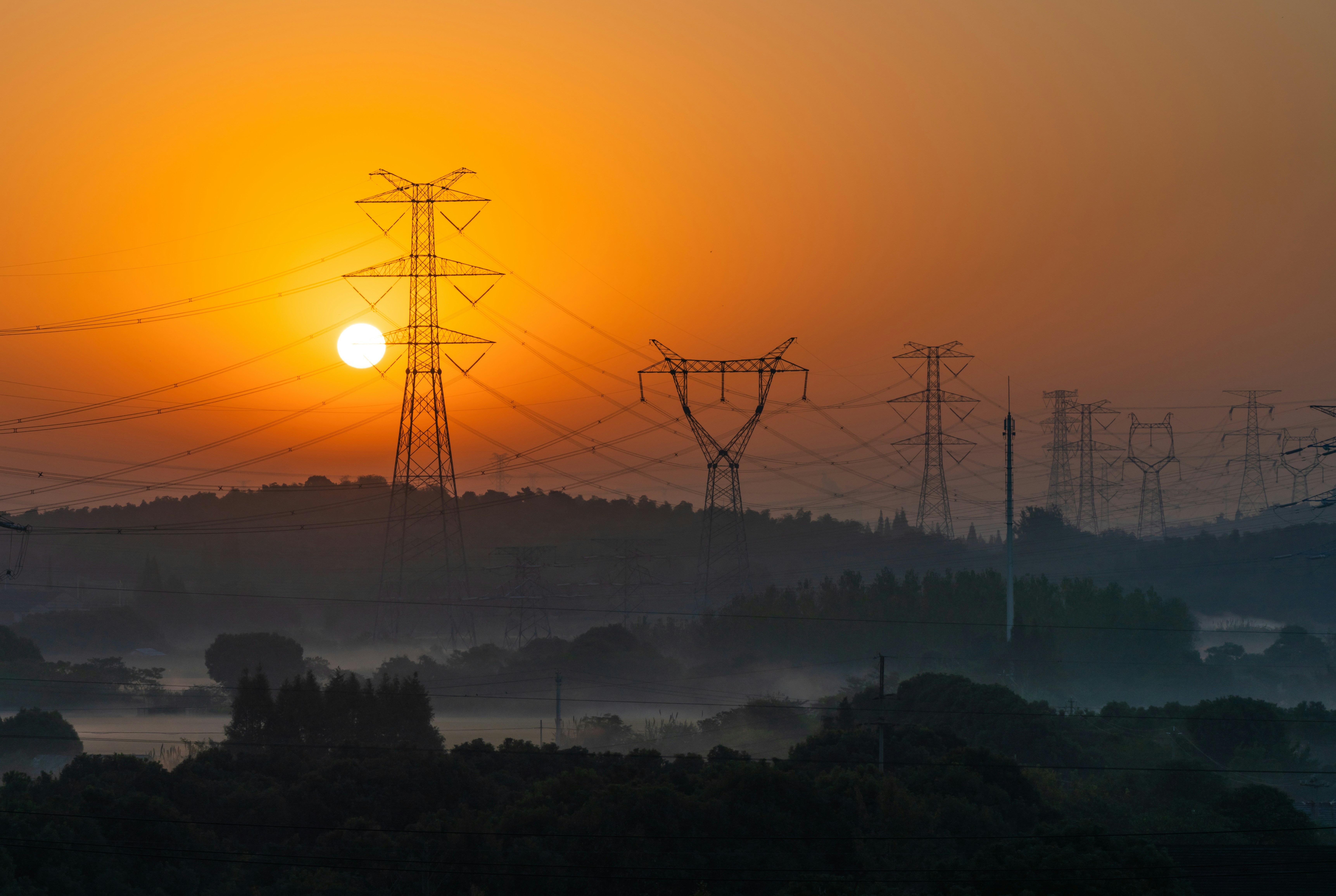
Navigating eligibility criteria for Distributed Energy Resources in Africa
Utilities, afraid of losing their core customer base, often implement restrictions to stall or block DER development. The right eligibility criteria, however, integrate DERs safely into the changing landscape—and ensure the longevity of utilities in the future
Utilities, afraid of losing their core customer base, often implement restrictions to stall or block DER development. The right eligibility criteria, however, integrate DERs safely into the changing landscape—and ensure the longevity of utilities in the future
Energy utility leaders often view the inevitable shift towards a distributed, flexible, and industry-focused energy system as a threat. As explored in a recent CrossBoundary Energy (CBE) paper “Wired for Change: how African utilities must adapt in the age of distributed energy”, for decades African utilities have struggled with financial sustainability while extending electricity access to rural customers.
In response to the challenges of unreliable and expensive power, industrial operations are turning to clean, reliable, and distributed onsite energy. The erosion of utilities’ core customer base without a conscious inclusion of Distributed Energy Resources (DERs) can contribute to a utility death spiral, where customers defect from the national utility and grid.
The perceived tension between utility interests and customer demand for DERs has contributed to the introduction of policies that can limit DER market growth. Therefore, utility leaders often advocate for specific requirements or conditions that electricity consumers must meet to receive power from DER providers.
This paper aims to illuminate how these eligibility criteria function in a few African markets. It will also examine their implications from a DER provider’s perspective and demonstrate how requirements can be applied effectively to mitigate energy transition risks while still encouraging distributed energy access to power-hungry industrial customers.
In CBE’s experience developing DER projects for industrial offtakers across Africa, eligibility criteria are a legitimate, but often misused, tool. Eligibility criteria can be a useful instrument on the first steps towards the decentralized system of the future and can give regulators time to properly study the impact of a nascent DER market as they prepare for further regulatory reforms. Utility leaders can also adequately prepare for the technical impact of DERs on previously centralized systems by managing intermittency or exploring new ways to collaborate with DER providers. When they work well, eligibility criteria are well-planned, clearly communicated, and fairly implemented.
Eligibility criteria should be used to transition Africa’s energy markets gradually towards a distributed future; they should not be used to block the innovation and learning needed to get there. Regulators should, therefore, also revisit these requirements and seek to reduce the restrictions over time and based on data about their changing sector.
However, regulators and policymakers often use eligibility criteria to create uncertainty by withholding approvals based on unpublished or informal requirements. CBE has experienced policymakers protecting utilities’ monopoly position by theoretically allowing private participation in generation while stalling the clarification of eligibility criteria and, therefore, blocking DERs in practice. Less frequently, consumption or demand thresholds are set so high that they allow DER projects for only a few industrial customers.
What are the eligibility criteria for DERs, and how do they work?
Eligibility criteria are specific requirements or conditions that electricity consumers must meet to qualify to receive power from DER providers instead of solely purchasing power from the utility. These criteria are set by the relevant authority and differ across markets.
- Eligibility based on percentage of use
In certain African markets, eligibility criteria limit DERs to a specific percentage of use.

In Uganda, the Electricity (Supply of Electricity in Bulk Supply to Specified Consumers) Regulations of 2022 define who qualifies as an “eligible consumer” and impose a cap on the contribution of DERs to their total energy consumption. DERs can only supply up to 30% of eligible consumers’ energy needs, while the remaining 70% must come from the national utility or licensed electricity suppliers. CBE was the first DER provider approved under the bulk electricity regulations.

Similarly, Namibia’s Modified Single Buyer (MSB) market model enables certain electricity consumers or “contestable customers”, and generators or “eligible sellers”, to engage in direct transactions for a portion of the consumer’s energy needs. Since July 2021, contestable customers connected to the high-voltage transmission network can purchase up to 30% of their energy from eligible generators. Similarly, distribution-connected customers (operating at low to medium voltages) with a capacity of 1 MW or more can also participate under the same conditions. This model deviates from the traditional single-buyer system, where a central entity buys all electricity generated by IPPs and sells it to consumers. The model is intended to gradually introduce competition while maintaining stability in Namibia’s electricity market.
Capping the percentage of energy supplied by DERs allows customers to access DER benefits while still paying for utility power. It can encourage thoughtful integration rather than uncontrolled expansion, ensuring a smooth transition to a decentralized system. It also supports regulatory and policy adaptation by allowing gradual scaling of DER integration while adjusting regulations and infrastructure. Additionally, it provides a controlled environment for testing DER-friendly policies, helping to mitigate unintended consequences such as grid stability challenges.
CBE has experience implementing industrial projects that derive a portion of their energy from DERs. This is our typical model when serving grid-connected industrial clients. In Kenya, CBE installed grid-tied renewable energy systems at Maisha Packaging’s Nakuru and Lukenya plants, supplying 15% and 16% renewable energy, respectively. In Nigeria, a renewable energy system for Nigerian Breweries’ Ibadan Brewery includes roof and ground-mounted solar PV and a battery energy storage system. Once complete, the system will supply around 20% of the brewery’s electricity needs from renewable sources.
Allowing customers partial access to DERs is preferable to restricting access. However, CBE’s white paper “Constructing Africa’s green economy requires new building blocks” urges policymakers and regulators to broaden eligibility criteria. This would help shape DER markets further, ensuring that potential DER benefits are properly identified and directed accordingly.
- Eligibility based on connection level or demand threshold
Demand and connection level thresholds can restrict DER access to only the largest energy consumers and should be tailored and fairly applied.

TANESCO, the state-owned utility in Tanzania, sets voltage thresholds which determine whether customers can access DERs under a Power Purchase Agreement. To qualify as an eligible customer, a consumer must receive power at a minimum of 33 kV and have a demand of 2 MW or more.

In Senegal, the March 2023 decree allowing eligible customers to enter PPAs with private suppliers indicated a major regulatory shift for DERs and an end to SENELEC’s monopoly over power generation. Previously, there was no route for Senegal’s industry to purchase power from third-party DER providers. However, a late 2024 decree* that defines eligible customers has effectively limited DERs to customers whose power demand is at least 50 MW. This limits DERs to only a handful of the largest users in Senegal, and blocks DERs for most of Senegal’s industrial users. These criteria are therefore used to severely restrict DERs in Senegal, limiting the regulatory reform the initial decree was intended to create.
*Republique du Senegal, Arrêté no 027819 (2024)
When applied correctly with equitable access for all energy consumers, eligibility criteria based on connection level or demand threshold can promote diverse and inclusive DER participation. If eligibility is restricted to only high-demand customers, large utilities or corporations might dominate DER participation. Eligibility criteria should be tailored to different connection levels to ensure fairness and avoid one-size-fits-all requirements that might disadvantage smaller commercial energy users.
- Eligibility criteria for off-grid systems
Utilities in some markets are actively seeking new customers and off-grid customers may be subject to eligibility criteria because of the utility’s interest in eventually connecting them to the grid.
Energy consumers who operate independently of the main grid are not existing customers of the utility. Therefore, eligibility criteria, including restrictions on the percentage of energy from DERs, minimum demand levels, or specific connection requirements, should not apply to off-grid customers.

Under the MSB framework in Namibia, contestable customers connected to the transmission network can source up to 30% of their energy from eligible generators, as set out above. However, off-grid customers are not subject to the MSB framework, allowing IPPs to supply 100% of their power.
Removing restrictions for off-grid customers can encourage energy independence by allowing them to generate and store their own power without hindrance. This approach maximizes the use of DERs, decreasing reliance on diesel generators and other high-emission energy sources without affecting utility revenue. Furthermore, off-grid systems can eventually be integrated into the main grid, strengthening overall grid resilience.
- Eligibility criteria as a delaying measure for the adoption of DERs
In some markets, eligibility criteria are used to bypass regulatory reforms provided for in legislation and regulation.

In Mauritania, the Electricity Code (2022) allows self-generation of electricity above a threshold set by ministerial decree. These thresholds determine if customers can freely self-generate, must file a declaration, or require full regulatory authorization. CBE lacks clarity on the decree setting these specific thresholds.
Rules that defer the establishment of eligibility criteria to a later decree are often nothing more than a smokescreen. DER providers remain uncertain about their ability to contract with a given client or ensure the security of their investments until the decree is officially issued. Meanwhile, utility leaders and policymakers gain an opportunity to delay and obstruct projects that should be permissible under broader sector legislation. The demands from customers for cleaner, cheaper, onsite power seem to be acknowledged without being genuinely addressed.
Qualification factors should be included in regulation from the outset to ensure a clear and level regulatory playing field. This approach promotes DER investment by providing predictability, reducing financial risks, and encouraging long-term commitments from investors and developers.
Conclusion
To ensure eligibility criteria effectively support and accelerate DER adoption, policymakers and regulators must:
- Set qualifications at a fair level
- Clearly set out and enforce eligibility criteria to ensure DER developers have clarity and can invest confidently under the regulatory framework in place
- Regularly review the qualification factors to ensure they are managing and not halting the transition to a distributed energy system
Africa’s future energy system will be distributed. The most efficient and sustainable systems will be those that facilitate the widespread deployment of DERs. Eligibility criteria can help to mitigate the risks of the transition from a centralized to a distributed system if applied correctly, rather than used as a delay tactic. They can give utilities time to adapt their business models and allow regulators to monitor the impacts of DERs.



